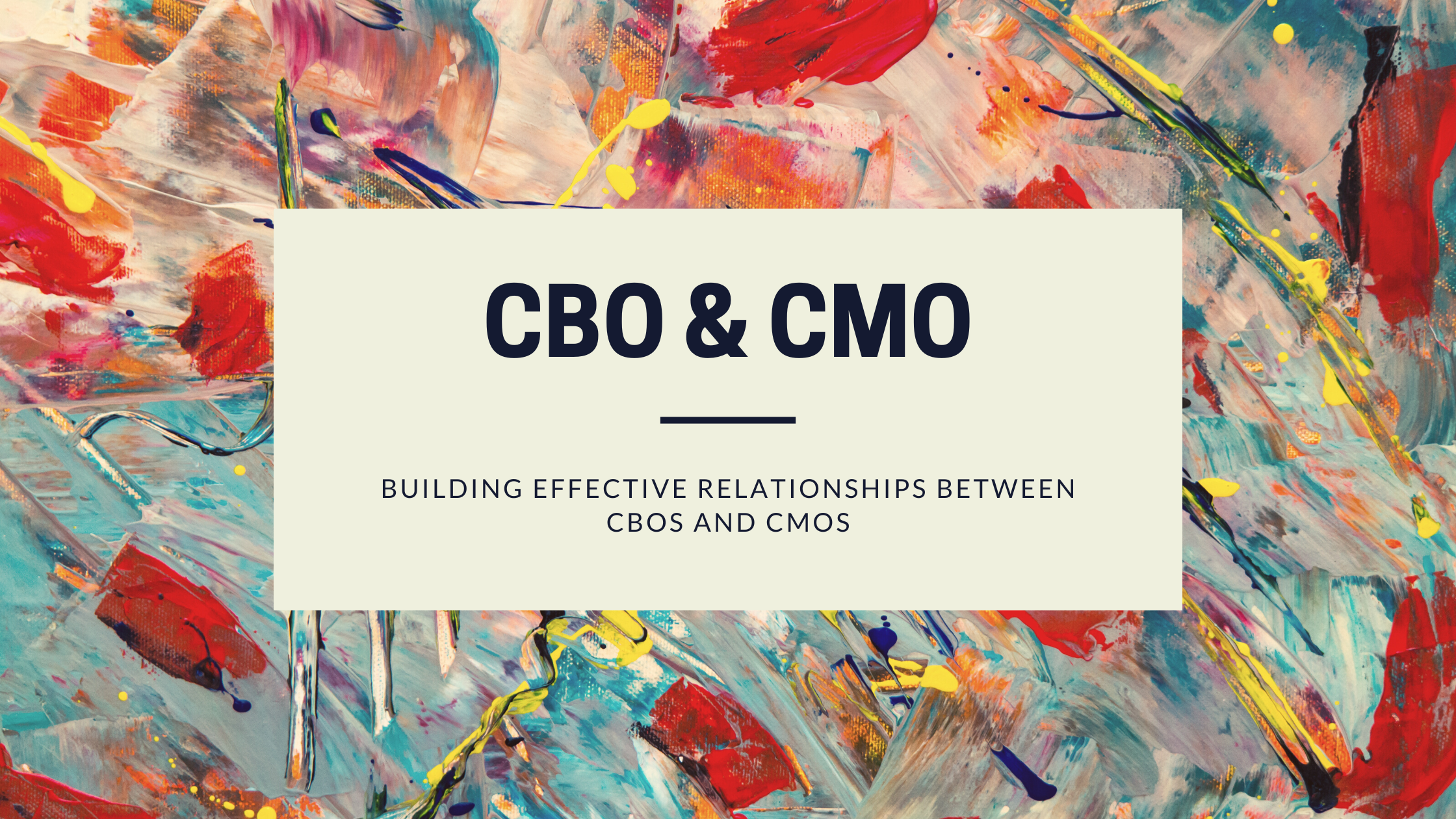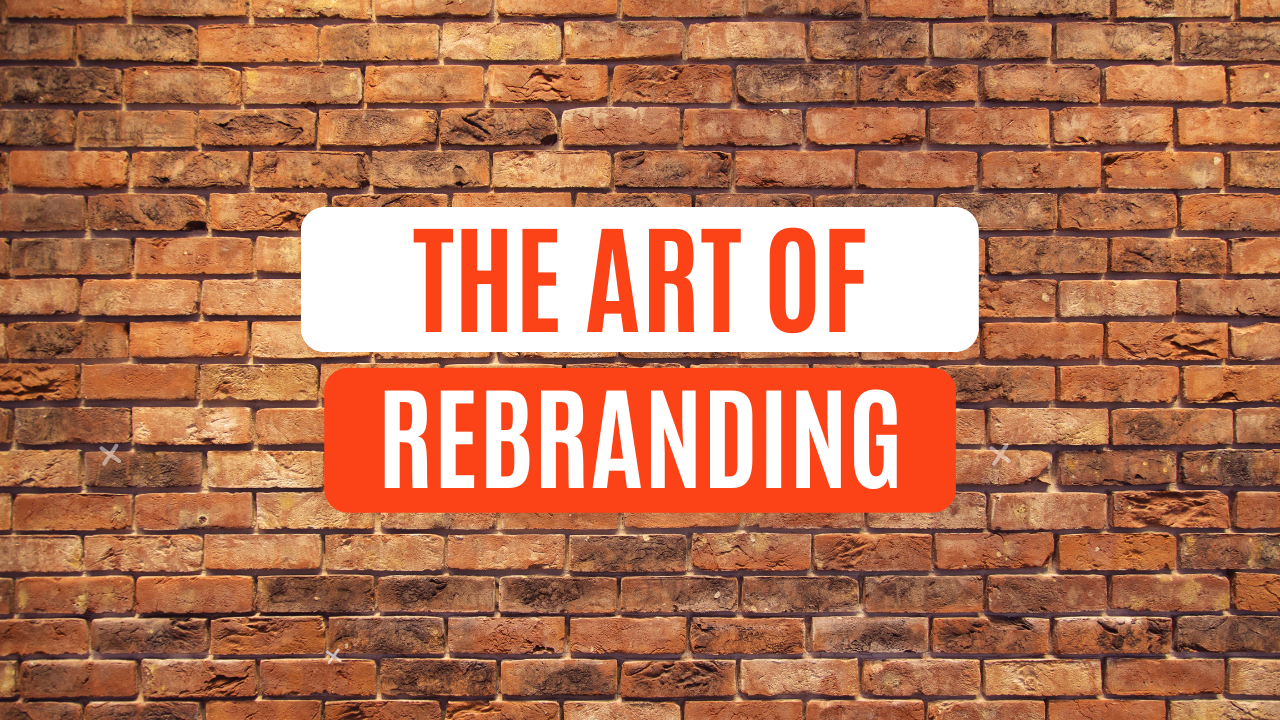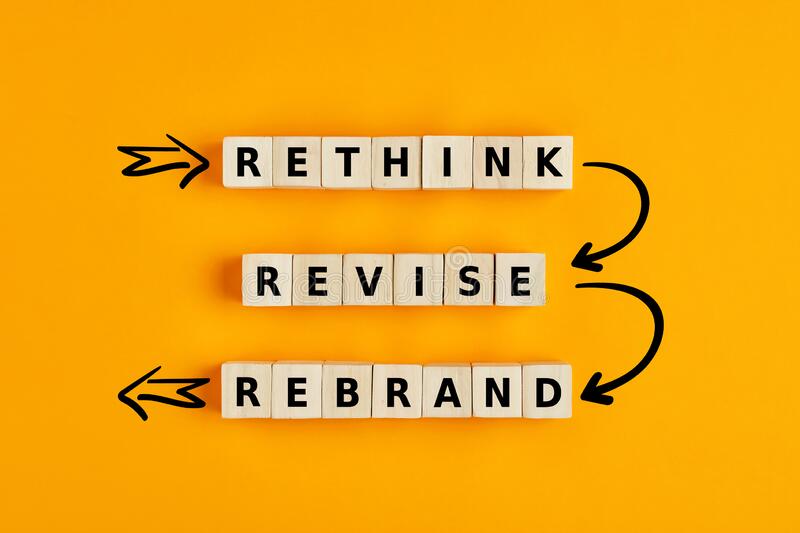The most effective brands don’t win by being louder — they win by being sharper. This isn’t just true in fiction like Andor’s rebellion against the Empire. It’s the playbook that every successful challenger brand has used to carve out their position in crowded markets dominated by giants.
In every rebellion, there’s a blueprint — for narrative, for disruption, for aligning people around a shared mission. That’s what great brand strategy looks like inside startups. It’s not about looking bigger. It’s about moving smarter.
I’ve watched this dynamic play out across two decades of building brands from startup to scale. The pattern is clear and repeatable: clarity beats volume. Purpose beats promotion. System thinking beats scattered tactics.
The Empire Problem: Why Direct Competition Is a Losing Game
When startups try to compete head-on with established players, they face what I call “The Empire Problem.” The incumbents have more resources, more distribution channels, more market trust. Trying to match them feature-for-feature or noise-for-noise is suicide.
I see this mistake constantly. A promising startup builds something genuinely better, then wastes their runway trying to market it exactly like their bigger competitors. They attempt to outspend the unspendable, to out-shout the loudest voice in the room.
The truth? You don’t win against the Empire by building another Death Star.
I’ve worked with brands that had 1/10th the budget but 10x the clarity — and they still won. Because they understood this:
👉 A story with teeth can move markets.
👉 A system with purpose can outmaneuver complexity.
👉 A belief-led brand can scale faster than a sales deck ever will.
Andor’s Strategic Lessons for Brand Positioning
1. Exploit System Blindness
Large organizations develop institutional blindness as they scale. The bigger they get, the more procedural, the less adaptable, and the more vulnerable to disruption they become. Their success creates the very blind spots that will eventually become their weakness.
When I worked with AdventHealth on their $12B rebrand across 46 campuses, we didn’t try to match the clinical credibility of massive health systems. Instead, we exploited their system blindness around patient experience. Where they saw “healthcare delivery,” we saw humans seeking dignity and wellness. Where they optimized for institutional efficiency, we designed for individual empowerment and consumer-centric narratives.
This isn’t just opportunism — it’s strategic clarity. It’s finding the truth that the Empire can’t acknowledge about itself.
The best example I’ve seen was how Warby Parker exploited the eyewear industry’s artificially complex pricing structure. While the industry giants maintained the illusion that glasses should cost hundreds of dollars, Warby Parker simply told the truth: quality eyewear could be made and sold for $95. They didn’t just sell cheaper glasses — they exposed a system that competitors couldn’t defend without admitting their own deception.
2. Build Belief Systems, Not Just Products
The most powerful challenger brands understand that they’re not just selling products or services — they’re creating belief systems that reshape how people see the world.
Early in my career, I made the mistake of thinking brand was just about differentiation and storytelling. Now I know it’s about building an entire system of belief that changes how people perceive value, quality, and even themselves.
This is exactly what Cassian Andor learns through his journey — the rebellion isn’t just fighting the Empire; it’s creating an alternative vision for how the galaxy can function. As Mon Mothma articulates in this powerful speech, the rebellion represents hope itself — a belief that things can be different. The most compelling part isn’t their weapons; it’s their willingness to imagine and fight for something better.
I saw this firsthand working with several DTC brands like ZOA Energy and fatty15. The successful ones didn’t just sell products; they changed how customers thought about the entire category. They didn’t just make better energy drinks or better supplements — they made people question why they ever accepted the old way of thinking about wellness and nutrition.
When I helped Jack in the Box reposition against legacy QSRs, we didn’t just promote menu items. We built a belief system around challenging fast food conventions and embracing the weird, wonderful world of late-night cravings and freedom from the traditional fast food menu with more options, more flavors, and so much more possibilities. That belief system resonated far beyond our marketing reach because it tapped into a truth customers already felt but couldn’t articulate.
3. Move With Precision, Not Noise
The Andor rebellion doesn’t win through overwhelming force. It wins through precisely targeted actions that create maximum impact with minimal resources.
Similarly, the most effective brand strategies I’ve implemented haven’t been the ones with the biggest budgets — they’ve been the ones with the clearest understanding of where to apply pressure in the system.
When I work with startups, the first thing I look for is their potential for asymmetric impact: where can their limited resources create disproportionate results? It’s never about covering all channels or matching competitor spending. It’s about identifying the leverage points where a single, well-executed action can create cascading effects.
I once worked with TD Ameritrade Institutional competing against wealth management giants with marketing budgets many times larger than ours. Instead of trying to be everywhere, we identified the exact friction points in the advisor journey where the legacy players were most vulnerable. By focusing all our resources on repositioning TD Ameritrade as the ultimate advisor partner rather than just another platform, we increased consideration by 50% and drove significant AUM growth without increasing our budget.
This isn’t just pragmatic resource allocation — it’s system thinking applied to brand building. It’s understanding that markets, like all complex systems, have leverage points where small inputs can create outsized outputs.
4. Turn Weakness Into Strength
The Rebellion’s greatest asset in Andor is what initially seems like their greatest weakness: they’re not the Empire. They don’t have the resources, the structure, or the established power. But this becomes their strength — they’re more agile, more creative, and more passionate precisely because they have to be.
I’ve built my career on helping brands turn their “weaknesses” into their signature strengths. When working with GoodRx to develop localized prescriber-focused initiatives, we didn’t have the century of history that legacy healthcare companies possessed. That became our advantage in creating truly patient and prescriber-centered experiences that could shift prescribing behavior through data-driven insights rather than institutional inertia.
Some of my most rewarding work has been with founders who initially came to me frustrated about what they couldn’t do compared to their bigger competitors. The breakthrough always comes when they realize that their constraints aren’t limitations — they’re differentiators.
When you’re small, you can be human in ways big companies can’t. You can be weird, specific, and passionate. You can stand for something that might alienate some but will deeply resonate with others. That’s not a consolation prize for being small — it’s the unfair advantage that comes with it.
The Rebel Intelligence Framework: A System for Outsmarting Giants
Over years of helping startups and challenger brands compete against established players, I’ve developed what I call the “Rebel Intelligence Framework.” It’s a systematic approach to finding and exploiting competitive advantages when you don’t have the resources to compete head-on.
Step 1: Map the System’s Blind Spots
Start by identifying where your industry’s giants have institutional blindness. Look for:
- Customer pain points they consistently ignore
- Values they claim but don’t embody
- Experiences they’ve optimized for their benefit, not the customer’s
- Truths about the industry they cannot acknowledge without undermining their position
This mapping exercise isn’t just competitive analysis — it’s about understanding the system dynamics that make certain truths “unsayable” for incumbents.
Step 2: Align Your Authentic Truths with Market Opportunities
The most powerful positioning happens at the intersection of:
- What you authentically believe and can deliver
- What customers deeply want but aren’t getting
- What competitors cannot or will not provide
Too many brands try to be something they’re not. The magic happens when you discover the version of yourself that the market actually needs.
Some of my best client breakthroughs have come from this alignment process. It’s not about inventing a brand personality — it’s about uncovering the aspects of your authentic identity that have strategic value in the current market context.
Step 3: Design System Interventions, Not Just Campaigns
Once you understand where the opportunities lie, design interventions that change how the system functions, not just how your brand is perceived.
This might mean:
- Creating a new pricing model that exposes industry inefficiencies
- Redesigning the customer experience to eliminate unnecessary friction
- Building community around the values that the incumbents have neglected
- Collaborating with unexpected partners to reach customers in novel ways
The goal isn’t just to communicate differently — it’s to actually change how the category operates by introducing new behaviors and expectations.
From Philosophy to Action: Making It Real
This approach to brand-building isn’t just philosophy. It’s practical. It works. And I’ve seen it transform businesses across categories.
When I helped Neustar unify its post-acquisition brand portfolio, we didn’t try to match the established credibility of legacy identity and telecommunications players. Instead, we created a belief system around unified, secure digital experiences that made traditional approaches seem fragmented and outdated. We didn’t have to attack the competitors — we simply made their approach seem antiquated by offering a more compelling, integrated vision.
Similarly, when working with T-Mobile to evolve the “Un-Carrier” narrative, we turned their position as the challenger into a strength. Rather than apologizing for not being Verizon or AT&T, we created a direct relationship with customers that the big players couldn’t match, making disruption feel innovative rather than risky.
The pattern repeats across every success story I’ve been part of: identify the system dynamics, find the leverage points, and apply pressure precisely where it will create maximum change with minimum resources.
Closing Thoughts: Brand as Rebellion
Brand isn’t just your story. It’s your system. And in the hands of a thoughtful team willing to question conventional wisdom, it becomes your most powerful tool for rebellion against market forces that seem immovable.
The Empire isn’t defeated with another Death Star. It’s defeated by understanding its fundamental vulnerabilities and having the courage to exploit them. It’s defeated through clarity, conviction, and the willingness to imagine an alternative that resonates with those who feel unserved by the status quo.
This is why I’ve dedicated my career to helping challenger brands outsmart, not outspend their competition. It’s why I believe so deeply that brand strategy isn’t just creative work — it’s system design. It’s why I get excited every time I meet a founder with limited resources but unlimited clarity about the change they want to create.
In every market, there’s room for the rebel alliance. There’s space for brands that move with intention rather than inertia. There’s an opportunity for those who understand that the most powerful position isn’t always the most obvious one.
So as you build your brand, remember: you don’t need to fight the Empire on its terms. You need to change the terms of the fight. That’s how rebellions succeed — in business as in fiction.





